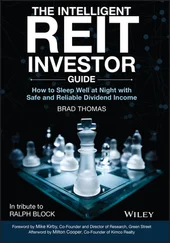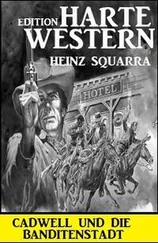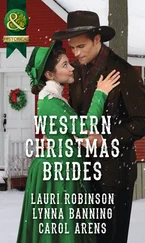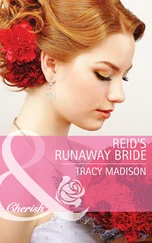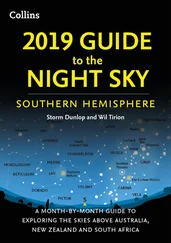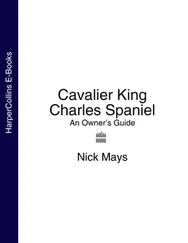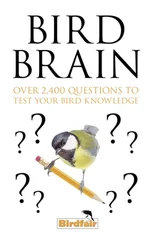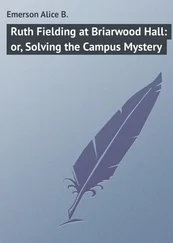Charles Reed - Western Bird Guide
Здесь есть возможность читать онлайн «Charles Reed - Western Bird Guide» — ознакомительный отрывок электронной книги совершенно бесплатно, а после прочтения отрывка купить полную версию. В некоторых случаях можно слушать аудио, скачать через торрент в формате fb2 и присутствует краткое содержание. Жанр: foreign_antique, foreign_prose, на английском языке. Описание произведения, (предисловие) а так же отзывы посетителей доступны на портале библиотеки ЛибКат.
- Название:Western Bird Guide
- Автор:
- Жанр:
- Год:неизвестен
- ISBN:нет данных
- Рейтинг книги:3 / 5. Голосов: 1
-
Избранное:Добавить в избранное
- Отзывы:
-
Ваша оценка:
- 60
- 1
- 2
- 3
- 4
- 5
Western Bird Guide: краткое содержание, описание и аннотация
Предлагаем к чтению аннотацию, описание, краткое содержание или предисловие (зависит от того, что написал сам автор книги «Western Bird Guide»). Если вы не нашли необходимую информацию о книге — напишите в комментариях, мы постараемся отыскать её.
Western Bird Guide — читать онлайн ознакомительный отрывок
Ниже представлен текст книги, разбитый по страницам. Система сохранения места последней прочитанной страницы, позволяет с удобством читать онлайн бесплатно книгу «Western Bird Guide», без необходимости каждый раз заново искать на чём Вы остановились. Поставьте закладку, и сможете в любой момент перейти на страницу, на которой закончили чтение.
Интервал:
Закладка:
Nest.– Made of grass and nicely lined with feathers placed in the reeds bordering marshes. 8 to 12 creamy colored eggs are laid.
Range.– North America, breeding more abundantly than the former farther north in its range.
CINNAMON TEAL
This is the most abundant of the Teal family west of the Rockies. It is on the male a bright cinnamon color on the under parts; also the head and neck, being darkest near the bill and lightest on the back. Wing coverts blue; speculum green, divided by a line of white.
Nest.– Made same as above with 6 to 14 eggs (1.85 × 1.35).
SHOVELLER
Easily recognized in any plumage by the large broad bill, which is out of all proportion to the size of the bird. Head, neck and speculum dark green, under parts reddish brown, breast and back white, wing coverts blue. If it were not for the large ungainly bill, this duck would be classed as one of our most beautiful during the breeding season.
Nest.– It makes its nest on the ground in marshy places of grass, weeds and lined with feathers; laying from 6 to 10 grayish white eggs (2.10 × 1.50).
Range.– North America; breeding most abundant on the western coast from southern California to northwest Alaska.
PINTAIL
A long-necked duck and with a long pointed tail. Male with head and stripe down the back of neck, brownish; back and sides barred with white and black wavy lines.
Nest.– On the ground like the other ducks, well-lined with feathers generally placed near the water, laying from 6 to 12 eggs of a dull olive color (2.20 × 1.50).
Range.– North America.
WOOD DUCK
This bird, without doubt, is by far the most beautiful of any of the duck family. Both the male and female have a long crest; that of the male of the most beautiful shades of blue and iridescent green colors, with stripes of white, the throat and under parts also white, breast chestnut with white arrow head marking, sides buff with black and white line markings.
Nest.– In the hollow of a tree, usually near the water. The birds are said to carry the young from the nest to the water in their bills. 6 to 10 eggs, buffy in color (2.25 × 1.60).
Range.– Temperate North America, breeding from Canada to the Gulf of Mexico.
REDHEAD
This bird, the preceding and the one following are considered as the best table birds of the duck family.
Nest.– Placed on the ground in marshes. Eggs 6 to 14 in number, buffy white in color (2.40 × 1.70).
Range.– North America, breeding from Minnesota northward.
CANVAS-BACK
Differs from the Redhead REDHEAD 146. Marila americana. 19 inches This bird, the preceding and the one following are considered as the best table birds of the duck family. Nest. – Placed on the ground in marshes. Eggs 6 to 14 in number, buffy white in color (2.40 × 1.70). Range. – North America, breeding from Minnesota northward.
in the shape of its black bill, its blackish forehead, very light colored back and red eyes, the Redhead having yellow eyes. Like the last species, these birds are excellent swimmers and divers, and secure their food from deeper water than many of the ducks. Their food consists of various fresh water plants and small fish; shell fish and frogs. These usually command the highest market price, and are much sought after by gunners.
Nest.– On the ground in marshes or sloughs, lined with grass and feathers. 6 to 10 eggs of a pale olive (2.40 × 1.70).
Range.– North America; breeding from central British Columbia south to Oregon and Minnesota.
SCAUP DUCK OR BLUE-BILL
This and the following are widely known as Blue-bills owing to the slaty blue color of that member. Head, neck and breast are black; speculum and under parts white, and eyes yellow.
Nest.– In marshes about many of the ponds in the interior of British Columbia. 6 to 10 eggs pale greenish gray (2.50 × 1.70).
LESSER SCAUP DUCK
Slightly smaller than the last, and with the head of the male glossed purple instead of green on the black. They are one of the most abundant migrants, and are one of the most active of the family, diving at the flash of a gun. The immense flocks generally keep out in the open waters of the lakes or rivers; where they feed by diving.
Nest.– Is made of marsh grasses and neatly lined with feathers from the breast of the female. 6 to 9 eggs of a pale gray color (2.25 × 1.55).
RING-NECKED DUCK
In appearance and general habits this duck is much the same as the two preceding. Male with head, neck and breast black with purple shades, having a ring of chestnut about the neck, which at a little distance is not noticeable. Bill blackish, with a bluish band near the end; eye yellow.
Nest.– Same in every way as above, and general distribution the same, breeding from Oregon and Minnesota northward.
AMERICAN GOLDEN-EYE
These are handsome ducks, known as “Whistlers,” from the noise of their wings when flying, and also “Great-heads,” because of the puffy crest. The head is greenish black with a large round white spot in front of and a little below the eye. The rest of the plumage is black and white.
Nest.– Built in the hollows of trees near the water, lining the cavity with fine grasses, moss or leaves and then lining the nest with feathers, in which they place from 6 to 10 eggs of a grayish color (2.30 × 1.70).
Range.– North America, breeding from Alaska south to the most northern of United States. Winters to southern California and the Gulf Coast.
BARROW GOLDEN-EYE
Head of this species a bluish black, with a crescent white spot between the bill and eye; which is yellow as also is the preceding.
Nest.– The range and nesting habits are the same as above, possibly breeding a little farther south on the Pacific coast.
BUFFLE-HEAD
This handsome little duck is also known as “Butter-ball” and “Dipper-duck,” the latter name given to them on account of the ease with which they can disappear under the water. They are always on the alert and will dive at the flash of a gun. Head iridescent blue, green and purple, and with a large white patch extending from eye to eye, across the back of the puffy crest. Their flight is very rapid, and they can take wing from the water easier than the majority of ducks.
Nest.– In holes of tree stumps or in the banks along the sides of rivers, 8 to 14 eggs of a light grayish color (2.00 × 1.40).
Читать дальшеИнтервал:
Закладка:
Похожие книги на «Western Bird Guide»
Представляем Вашему вниманию похожие книги на «Western Bird Guide» списком для выбора. Мы отобрали схожую по названию и смыслу литературу в надежде предоставить читателям больше вариантов отыскать новые, интересные, ещё непрочитанные произведения.
Обсуждение, отзывы о книге «Western Bird Guide» и просто собственные мнения читателей. Оставьте ваши комментарии, напишите, что Вы думаете о произведении, его смысле или главных героях. Укажите что конкретно понравилось, а что нет, и почему Вы так считаете.


